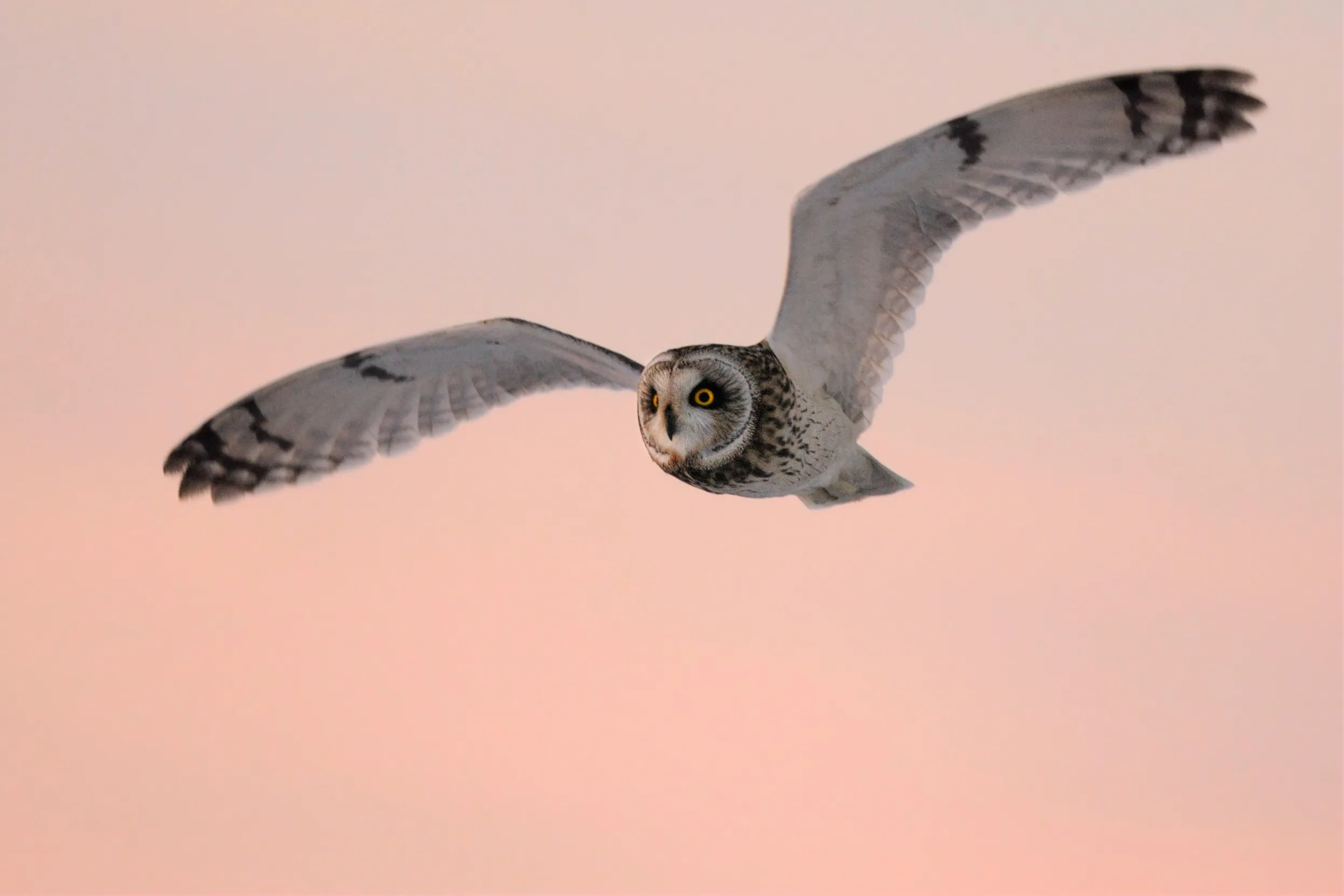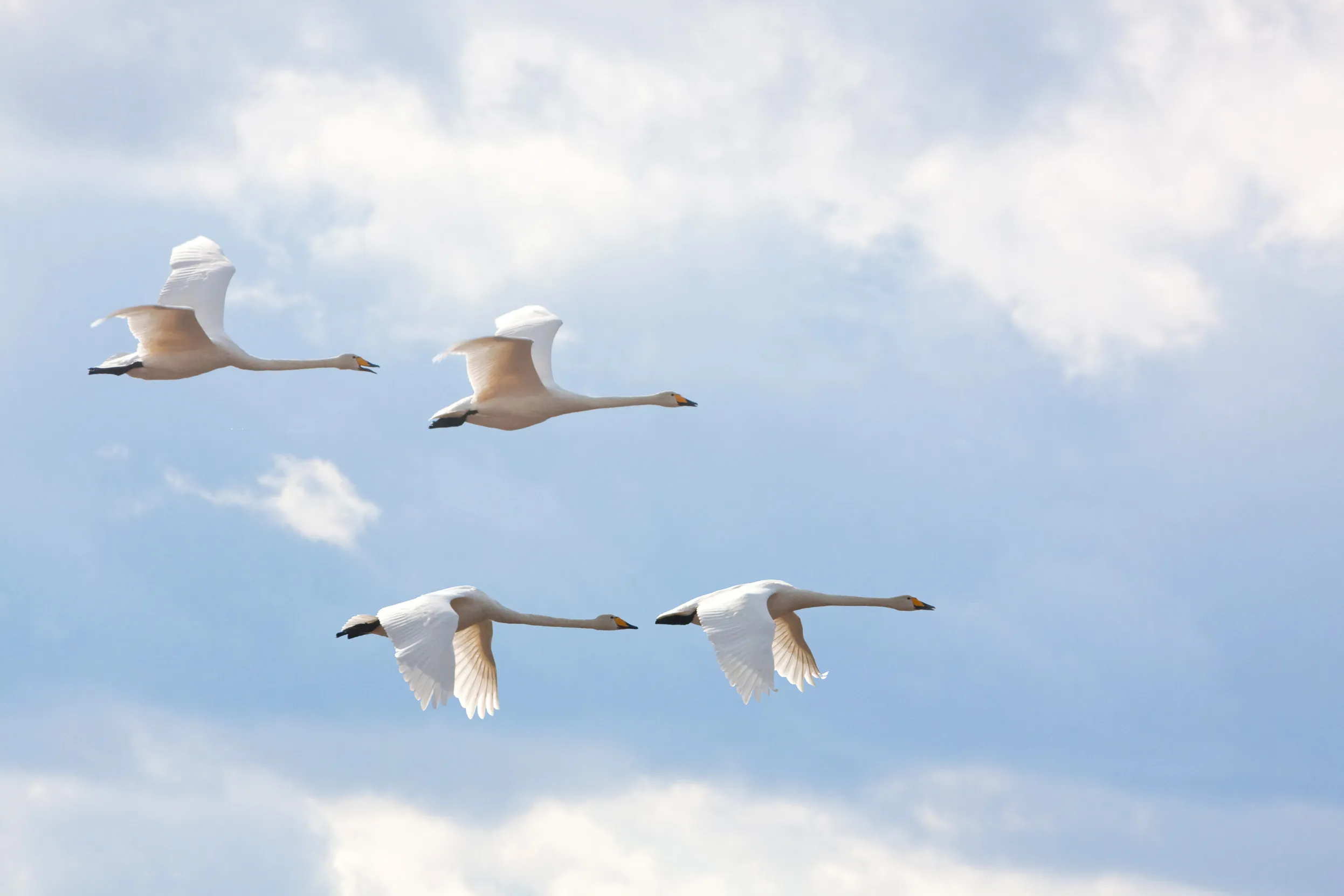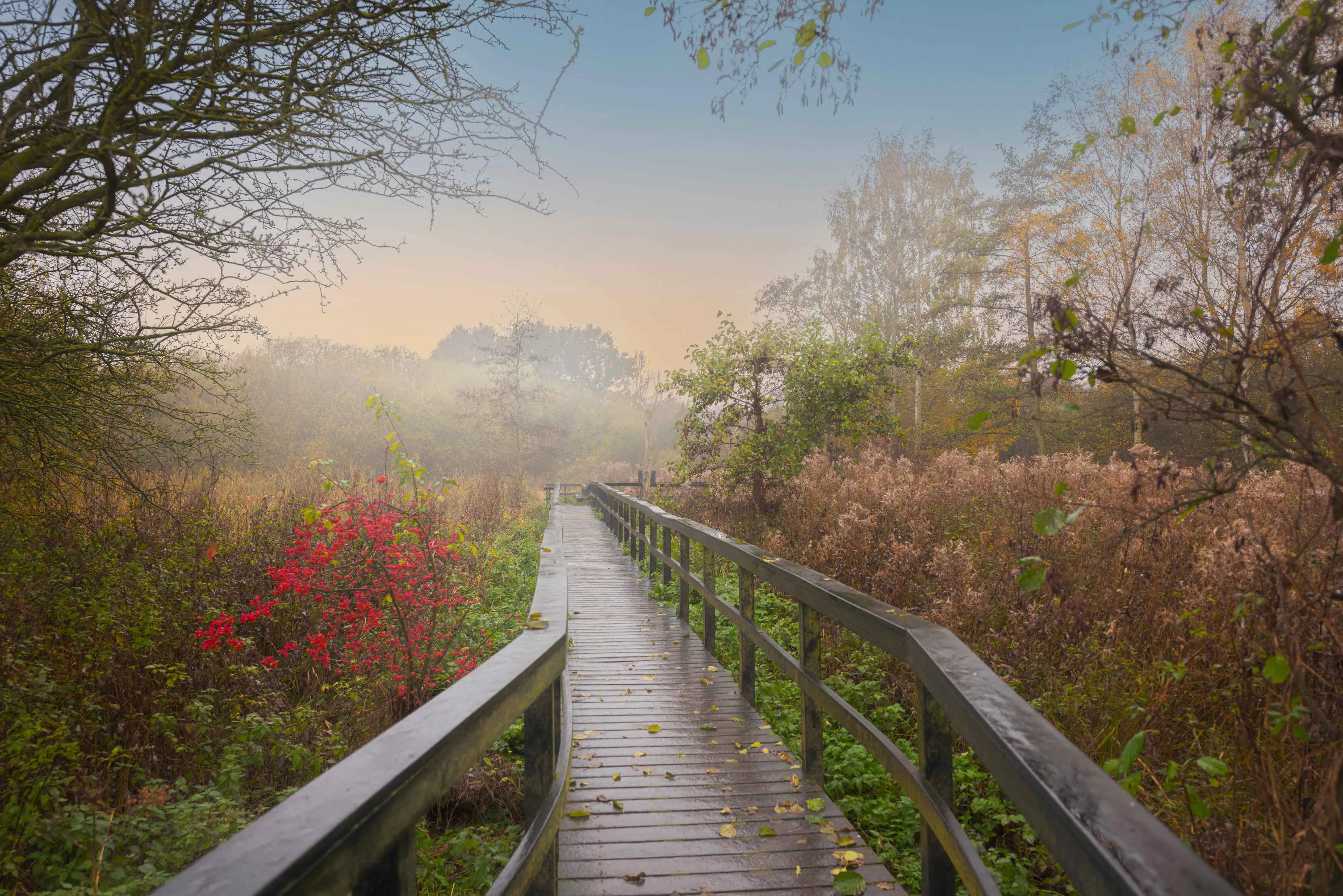Advice
How to identify different types of pigeons and doves
Do you know the difference between a pigeon vs dove? Learn how to identify members of the Columbidae family with our sim...
November’s top nature spots…which ones have you seen?

It’s November, it’s golden time. Warm the soup, don the hat and take a wander among the fluttering falling leaves to see what you can spot. Here are our top six – some more common than others! Check out the links on the birds’ names for some of the best RSPB nature reserves to see them.

As the nights draw in, Tawny Owls call out to claim their patch. Around now, younger owls are noisily making themselves known, hoping to muscle in and set up their own territory. But if other owls are close by, there’s often a standoff in the darkness, it’s hoots before dawn. Listen out as the rival calls reverberate through the woodlands, mature parks and gardens throughout England, Scotland and Wales. The famous ‘too-wit, too-woo’ is actually a duet – the female making a ‘toot-wit’ (or more like a ‘kerweeek’) first note and the male answering with a long, drawn-out “too woooooo”.
There are Short-eared Owls in the UK all year round, but now is a great time to see them as more join us from Scandinavia, Russia and Iceland to escape the freezing conditions further north.
In winter the best places to spot them are during the day at our wetlands and coastal marshes, flying low over the landscape on the hunt for rodents. You often see more than one owl surveying the same area, slowly and silently scanning the long grass or marsh, ready to swoop down at deadly speed to catch their supper. RSPB Bempton Cliffs in the East Riding of Yorkshire is a great place to spot them, check out their RSPB page for other hot spots.

It’s happening, the Starlings are beginning to do their thing. At roost sights around the UK, the birds with their shiny 80s wedding suits are beginning to gather for a dance, as more and more reach us from the continent for winter. But this ain’t no tipsy on the wedding wine dad dance. This even outclasses Tasha Ghouri on Strictly… As the Starling ranks swell, their performances can switch from a cast of hundreds to flocks of thousands, sometimes tens of thousands. Ladies and gentlemen, this swirling choreographed marvel is one of the UK’s most spectacular natural events.
Like the best surprises, a murmuration can catch you unaware and happen almost anywhere there’s a safe place for Starlings to roost. We’ve seen them swirling in a field behind a famous supermarket. So as the houselights dim on a crisp clear autumn evening, keep your eyes peeled for a perfect performance.
Starlings are resident in the UK all year round, but their numbers are swelled from November to February when many more migrate here from Scandinavia. Murmurations occur at dusk, just before the birds roost overnight. This provides them with safety in numbers, warmth and the opportunity to share information about the best feeding grounds. To watch a murmuration, it is best to check in advance before heading out – social media and websites such as this one offer good updates on the latest sightings.

Ah you guys came back! After what can seem like months, the regular rowdy garden crew is usually starting to return in greater numbers, hopping and flitting around in November after nature’s harvest begins to wane. The chatter of House Sparrows, the manic chirps of Blue Tits and the alarm calls of Blackbirds can rise up around the bird table if you keep it well stocked and your feeders full.
But look closer… there may be a more unusual sighting within your midst. Grab your binoculars and you might see Siskins and Lesser Redpolls among the usual suspects. Foraging flocks could even include rarities like Yellow-browed Warblers (November is the tail end of them passing through) and Firecrests.

Geese and swans are on the move. Many of these big birds travel big distances to be here each autumn having bred further north. Up to 16,000 Whooper Swans descend from Iceland, announcing their arrival with pleasant honks, which sound a little like a broken old car horn. Bewick’s Swans are smaller and make their journey south from Siberia. Both birds have black and yellow bills which can make it hard to tell them apart, but the Bewick’s yellow patch is more rounded, and their call is more excited dog than old car.
Seven species of geese also spend winter here, joining a few feral species which spend all year scattered around the UK including Canada Geese, Greylag Geese and a growing number of Barnacle Geese.
The winter visitors include 400,000 Pink-footed Geese, which breed in Iceland and can been seen mainly from from Eastern England up to Scotland. They have a relatively short neck, a short, pink bill, grey-brown plumage and, you guessed it, pink legs. Look to the skies at dawn and dusk to see V formations flying to and from their wetland roost spots to the open countryside to feed. When it’s still, you often hear their ‘wink wink’ call before you see them.

Quite a bit smaller than a goose, but we say no less impressive, Bramblings can also be seen this month. But you have to look carefully as they do their best to impersonate a male Chaffinch. You can tell them apart by the more orangey tones of the Brambling, and their white belly and behind.
Bramblings also come here to escape the colder conditions further north and at the moment can be spotted almost anywhere before they flock together and settle in areas where there’s a good supply of food. They feed on seeds and nuts, with Beech nuts being a favourite they’ll travel long distances to find. If there’s a good supply, they can form flocks of many thousands, together with Chaffinches.
Bramblings will use feeders so may appear in your gardens too, especially if it’s a bad winter.

Great seal fact - did you know 40% of the entire world population of Atlantic Grey Seals can be found swimming around the UK coast? Most are in the north and west of the UK, including Cardigan Bay in Wales and the islands of Mull and Iona in Scotland. There are also populations on the east coast of England including in Yorkshire, Lincolnshire and Norfolk.
As the temperatures drop and the wind and waves begin to rise, they head to sandy shores. The males arrive first, looking to set out a territory. The females soon follow, seeking out a peaceful place to give birth to pups born with a brilliant white coat of fur. The exact time varies depending on where you are in the UK.
If you do go to look for seals, please keep your distance and leave your dogs at home.

RSPB nature reserves are some of the best places for wildlife in the UK. And with more than 170 to choose from right across the UK, you’re sure to find a site to suit you, whether you’d like to take in the golden colours of an autumnal woodland or enjoy simply enjoy a cuppa at a café with a view.